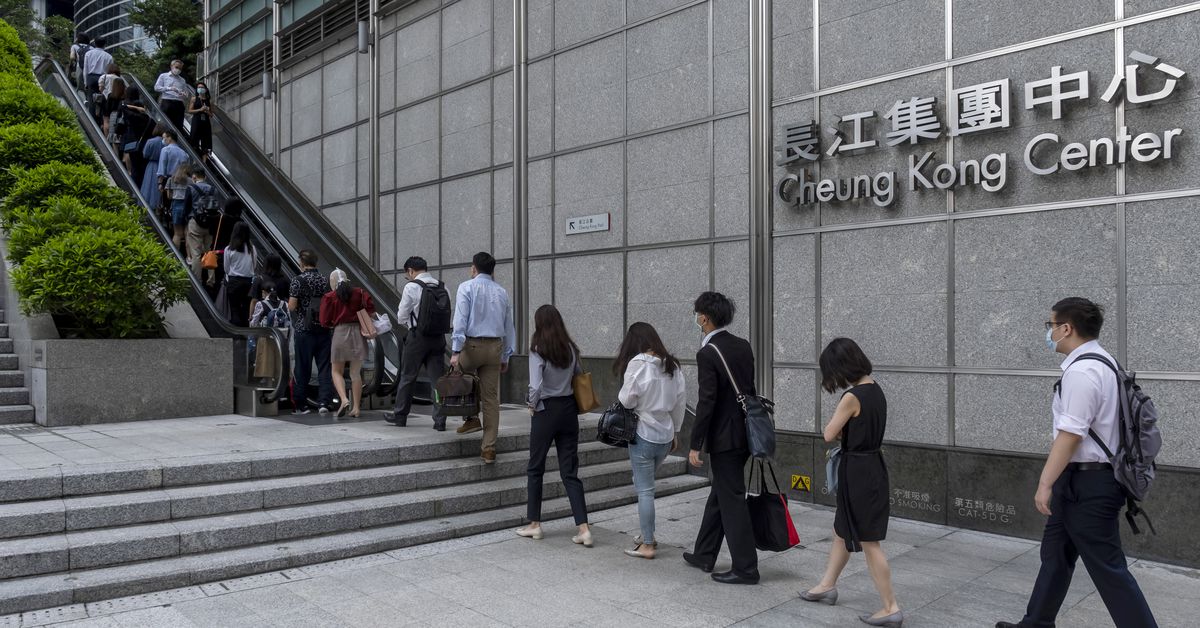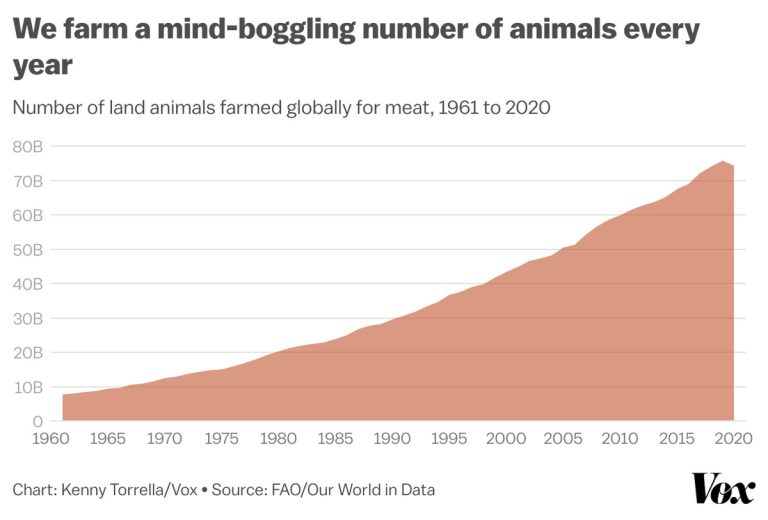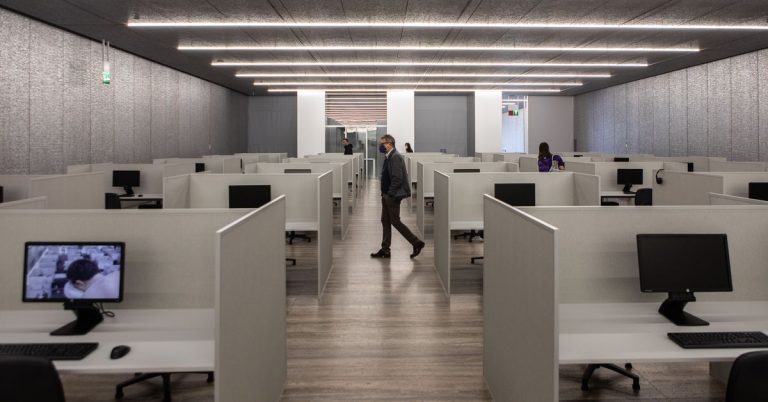
After a year-and-a-half hiatus, many offices will open back up in September. Most companies are asking that employees return on a hybrid basis, meaning they come into the office at least some of the time. But what exactly that will look like is uncertain.
What is certain is that more people will work from home than ever before, and this shift has the potential to disrupt everything from physical office space to the way people feel about work. And as US companies face a hiring crisis, companies that don’t offer remote work could find themselves at a significant disadvantage when it comes to recruiting new talent.
Recode talked with Tsedal Neeley, a professor of business administration at Harvard Business School and the author of Remote Work Revolution: Succeeding from Anywhere, about the many issues that are coming up as the nature of work changes.
The interview has been lightly edited for brevity and clarity.
Blue-collar versus white-collar?
Rani Molla
There were already a lot of perks to being a white-collar worker: You generally make more money, you work in an air-conditioned office, and now you get to work from home, which can make life so much easier. Do you think this will lead to growing animosity between blue-collar and white-collar workers?
Tsedal Neeley
Whether or not people have access to virtuality — or hybrid work, or dynamic work, depending on who you’re talking to — can easily become a diversity and inclusion question. First of all, we have to truly understand, in a given organization, whether or not anything that people are doing can be done remotely. We have a tendency to look at roles from a global standpoint and say, “Well, these jobs can’t be done remotely and these jobs can,” and quickly start assigning people to remote or non-remote. When we start scrutinizing the tasks that people do and the work that they do, one option that many companies have been pursuing is, “Can we pool and rotate?” So instead of all these people being attached physically to these job areas, can we do something where we look at tasks, what can be done virtually, what requires physical presence, and all of us share in that?
The second thing is, if we can’t give people remote work opportunities because of what they do, we have to give people remote learning days. We have to give people some kind of remote experiences that they can do some self-development around. And this is where you can have parity. Blue-collar workers — I’m thinking in warehouses that are not outfitted with technology, or delivery folks — I don’t think that’s going to change much. But I also don’t think that it’s going to create as bad a division as we expect. Because hybrid, by definition, means you have some in-person, you have some remote, there’s going to be a mix.
What working from home means for service workers
Rani Molla
So if people don’t go into the office as often — if I’m only going into the financial district one or two days a week — what does that mean for the people who work at the salad bars, the service counters, where I used to get my nails done? What are the repercussions for them when more people work remotely?
Tsedal Neeley
We may. These things are cyclical, but the cost of turnover for companies is a year and a half of that individual’s salary. Think about that and the institutional memory that walks out the door. And we’re actually seeing early retirements, people who are saying, “We like to be home, we’ve been through this crazy crisis, I don’t want that stress anymore.” The losses of drastic turnover, it’s not just that you’re losing talent. You’re also messing with the culture of your organization. Think about a place where there’s an exodus. That’s not a motivating environment. Not only are there pragmatic losses when someone leaves, but there’s also cultural, social, emotional, psychological blows that companies will take. If I was a company right now, I would fight to keep my best people. Because my best people will ensure that I do well.
Letting people work remotely could stop talent loss
Rani Molla
I’ve been writing about how working mothers really want to work from home, but they’ve also been having a really hard time doing so, reporting higher rates of stress and burnout. There’s an expectation that women have to both be ideal workers and ideal mothers. Obviously things are extra hard due to the pandemic, but it seems like it’s always been sort of an impossible situation for women. How does remote work fit into that?
Tsedal Neeley
It’s been bad, but it’s gotten worse. I have been alarmed. US labor statistics data showed that 3 million women have left the workforce [in 2020]. It made my head explode. And then another survey that looked at the same data was able to identify that almost 600,000 are mothers and caretakers. What a shame, if organizations are not leaning into the gift that virtuality and remote work gives, so that they can take advantage of flex time and flex jobs to retain their women. Or to also incorporate some kind of child care apparatus in order to support mothers. Some of the smart companies that I’ve talked to have done things like, from this time to this time every day we’re actually going to have online programs so that mothers with children between the ages of 5 and 10 can get some kind of respite. We can’t send you babysitters in the middle of a global pandemic, but these companies have found ways to support women and mothers — but these are in the minority.
We talk about diversity, and gender and women, and then we see amazing women leaving. We have to work hard to bring them back and to reintegrate them into our organizations. Even the pre-pandemic ways of handling young families and professional demands were not great. If I can work from home, my pickup would be much easier than me breaking my neck to get to my child between 5 and whatever time. All of that goes away.
Tsedal Neeley
I think so. Folks who have always been out of the mainstream in their organizations suddenly feel like they’re not only at the table, but that no one is calling them the wrong name. They don’t have to take that psychological commute every day in order to code switch and fit in. Those with physical disabilities, or even neurodiversity challenges and concerns, are finding so much more peace. The lessons we can learn, however, is why is it that people have had these experiences, and what can we do to make changes in our organization so that they have the sense of belonging that they’ve experienced through this remote environment?
What can we really expect five years from now?
Rani Molla
I’ve made some really bad predictions, so I want you to make a prediction instead. What is this going to look like in a year or two, or five, from now?
Tsedal Neeley
Guidelines and the policies will settle. Competencies around flexible workplaces will rise. Individual managers will level up to figure out how to lead a distributed workforce. People will be more agile with using digital tools, so things like tech exhaustion will go away. After people experience the hybrid format, they will settle into a rhythm that really works for them. And I think that we’ll see more remote than in-person days. I also predict that physical spaces — office spaces — will look very different. The remote year has totally influenced what people want: smart boards, movable furniture, outdoor space for work. So we’re going to see physical spaces of offices look very different than they are today.





